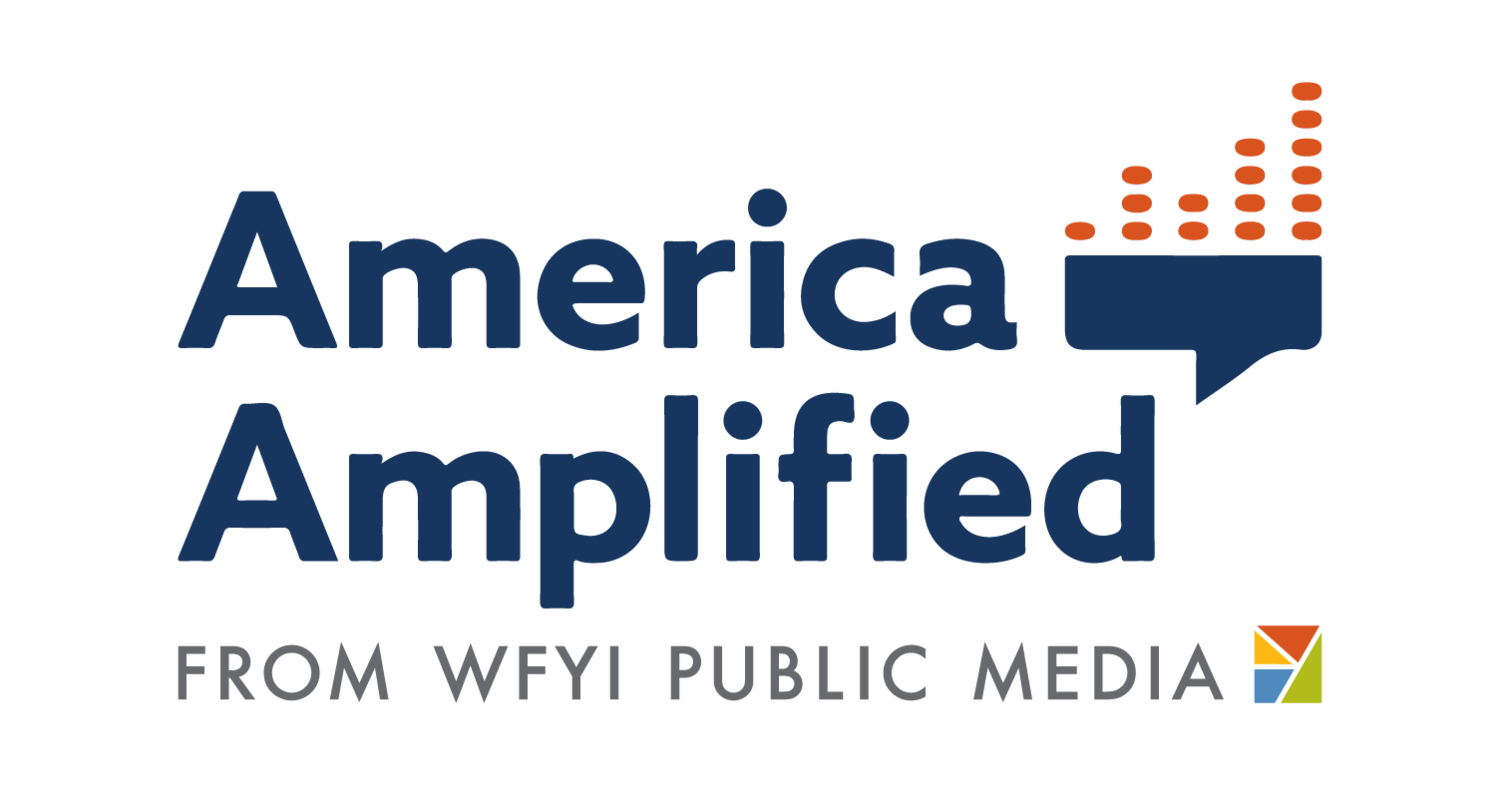KOSU and StateImpact Oklahoma record youth voices on Oklahoma issues
Photo by Kateleigh Mills, KOSU | left to right: Jaz, Alex and Reilly are transgender students from Tulsa.
When legislation started passing in Oklahoma that impacted students, the team at KOSU noticed that they hadn’t actually heard from those students. They set out to get their perspective, and the project has grown into an ongoing series that will extend through the 2022 midterm elections. They told us how the stories came together and what they’ve learned so far. You can read the series at KOSU.org.
Tell us who you are, and share a brief summary of the reporting project?
I’m Kateleigh Mills, Engagement and Special Projects Reporter for KOSU Radio in Oklahoma City. I’ve been in this role since December 2019. I am an engagement team of one — but I am fortunate to be a part of a collaborative newsroom that is always open for trying something new.
At the start of 2022, I had some early meetings with StateImpact Oklahoma education reporter, Robby Korth, about what communities he felt were missing from issues he was covering. At that time, Oklahoma’s mostly white legislature was passing a slate of bills banning the teaching of critical race theory and various books in libraries. Lawmakers were also discussing bathroom bans for transgender youth.
We examined existing coverage and wondered what voices were missing that could provide important context in the moment. We found that answer with the people who would be impacted by these bills — youth. So, Robby and I put together an engagement-driven series focusing on the impact of these bills on BIPOC and LGBTQ+ students. We knew we needed to extend our reach beyond the existing audiences for public radio and decided to partner with organizations who could help us connect with affected youth and provide feedback on this project.
It’s also important to note that Oklahoma is a deeply conservative state politically, but the demographics are rapidly changing. Tulsa, for example, is the fastest diversifying city in the country and is a majority-minority city according to the 2020 census.
How did community engagement inform your reporting?
Some of our early outreach relied on an existing partnership for KOSU. Focus: Black Oklahoma is produced by a group of independent journalists who are part of Tri-City Collective, a Tulsa non-profit. Every month, they produce a podcast and radio show covering topics relevant to BIPOC communities statewide. They looked over our project proposal and suggested some youth organizations to approach, such as Amplify Tulsa. With their suggestion and connections, we recorded our first conversation with two transgender teens. That conversation aired in late April and was followed by a two-way and callout asking for partnerships to hold listening sessions with young people across the state.
We recorded a second conversation in Oklahoma City in early May after a teacher heard our first conversation and connected us with some of her students. We are planning to air that one in the next few weeks.
Our third conversation was through another partnership. We talked to three transgender students bathroom bill that had passed the state legislature and was awaiting Governor Stitt’s approval. That bill, which bars transgender students from using the bathroom that corresponds with their gender identity, has since become law. We aired the piece the day after the bill was signed.
Our fourth conversation will feature indigenous teens, who are known for creating poetry in the Cherokee language — and we also have two other conversations slated for July.
How did you build trust in the community you were reporting on?
Our collaborations with youth-centered organizations and groups such as Amplify Tulsa, Tulsa Changemakers, Eagles for Equality have allowed us to spend time in deep listening sessions with BIPOC and LGBTQ+ teenagers and the people in their lives. The pieces we’re producing for this “time capsule” of sorts is non-narrated. It is incredibly important to have these audio stories driven by the thoughts of Oklahoma youth, who have communicated to KOSU and StateImpact Oklahoma that they don’t feel like their voices really matter to lawmakers. We want to empower these young students to tell their own stories with their own voices. These students may not be able to give a speech on the Oklahoma Senate floor, but we want to help their voices be heard in these increasingly difficult debates.
While in the field we also are making it a part of the process going forward to ask for feedback about the questions we’re asking and what we’re leaving out. This allows us to adapt the conversations as we go to really highlight the issues that these students care the most about instead of assuming we know.
How are you bringing this reporting back to the community?
Now that we’ve aired a few of these pieces, when we reach out to organizations or we are recording a conversation, we are able to show them what the finalized news feature really looks like. By allowing space for them to see it, reflect and also talk to us about the questions we are asking — we are adapting our process for capturing these voices along the way. This helps bring students into the editorial process — because we’re walking them through how it works and taking their opinions into consideration, which builds trust.
What lessons do you take away from this project in terms of strengthening your engagement?
I think what I’ve learned with this project is the process of taking an idea and working together to flesh it out at the very beginning. This helped prevent us from going back to our inherent biases and making assumptions about the communities we’re covering.
Robby and I met for several planning sessions before we even reached out to Focus: Black Oklahoma for their feedback because we wanted to have an idea that was ready for constructive criticism and insight — something that was intentional instead of half-baked.
Figuring out language for this project has also been a challenge along the way, because we don’t want to highlight these communities just because they’re being targeted by legislation — there’s also joy and strength found within their stories. By allowing youth experiences to matter to a wide audience through us sharing it, we are building bridges between Oklahoma’s youth and those who may not have the opportunity to speak with them.
This project has also allowed us to practice engagement with organizations at a larger scale. During the early days of the pandemic, I had taken on engagement journalism for the first time and it was difficult to find community organizations to partner with — which I sort of blame on my limited understanding of what engagement meant at the time. Now that we’re able to connect with people in-person, that has allowed us to get to know other organizations and their missions — as well as them getting to know us.
Another profound thing I have heard said in each of the conversations we’ve facilitated can be summed up by something said in our first recording. MJ, a trans student, expressed to us how lonely it can be to be a part of a targeted community — when everyone else seems to ignore the issue at hand. She closed our interview by saying: “This is the first time someone has asked me about it.”


